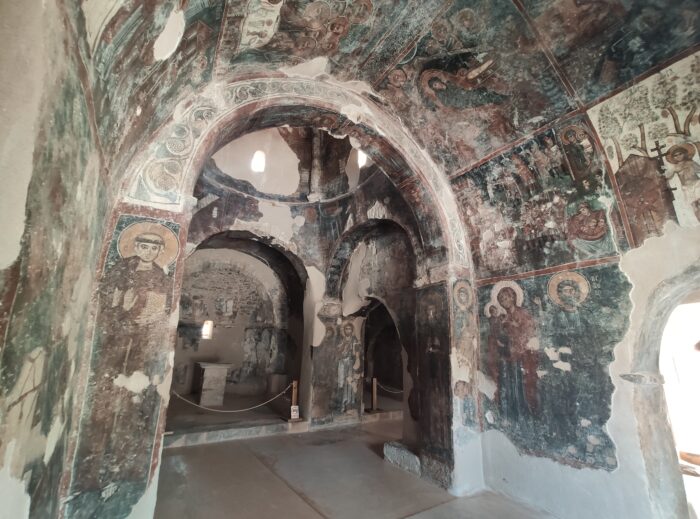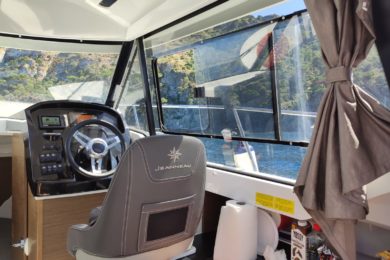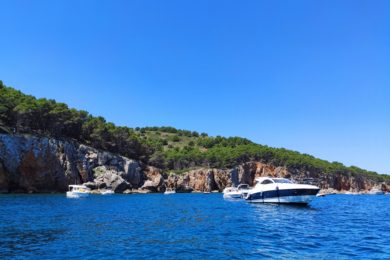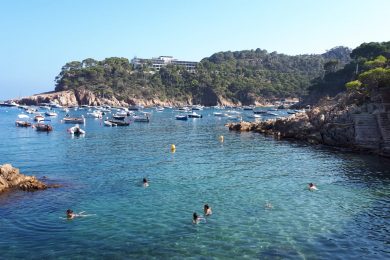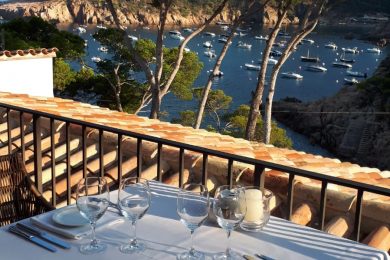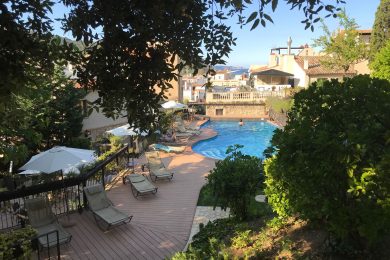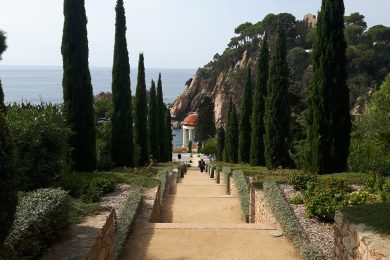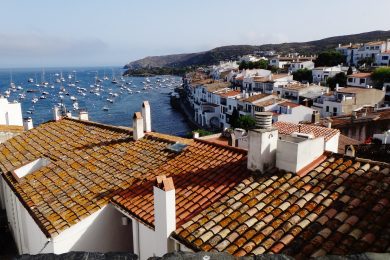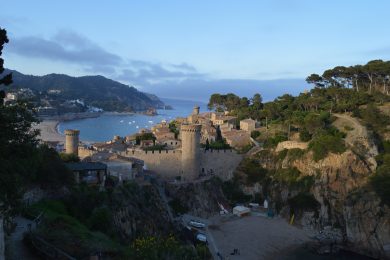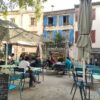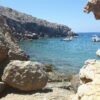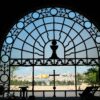Kritsa is one of the oldest and most picturesque villages in Crete, built amphitheatrically on a rock hill, named Kastellos, surrounded by olive groves. It is part of the municipality of Agios Nikolaos.
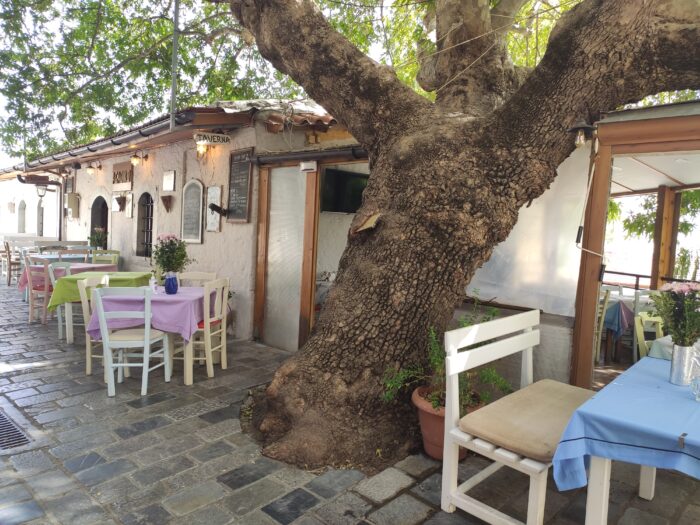
KRITSA
During the Middle Ages, it was thought to be the largest village in Crete. Kritsa has been destroyed many times during the last centuries because it participated in all of Crete’s revolutions. It is located 10 km from Agios Nikolaos and has about 2200 inhabitants who live in different neighborhoods named Palemilos, Koukistres, Christos and Pergiolikia. When Kritsa is lit up in the evening it has the form of a scorpion. The narrow streets are visited by tourists.
The area has been inhabited since the post-Minoan period, as evidenced by the excavations (funerary finds on display in the Archaeological Museum of Agios Nikolaos). Local products from the village, olive oil (Kritsa Cooperative, exported), which has won an award as one of the best oils in the world, are offered here.

WHAT TO DO
Old Cretan customs and traditions are kept alive, and is considered one of the most important centers of weaving art. From Kritsa there is an interesting and spectacular climb to the plateau of Katharo, which provides a panoramic view of Mirabello Bay, Agios Nikolaos and Kalo Horio. The Kritsa Gorge is located on the route to Tapes or to Lato.
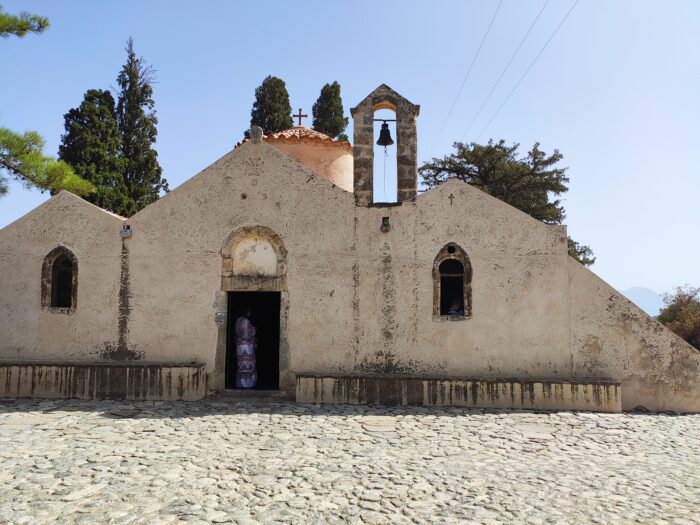
AROUND KRITSA
The rich iconographic program and the diverse styles of the frescoes make the church of Panagia Kera the most important monument in the area. About 500 meters south of the village is this domed church with three naves and a vaulted ceiling.
The central nave, dedicated to the Transitus of Mary (Dormition), was probably built in the Middle Byzantine period. In the mid-13th century, the central nave was painted with frescoes. In the early 14th century, the church underwent extensive restoration. In the first decades of the 14th century, the fresco themes in the central nave were restored and the two side aisles (the north aisle dedicated to St Anthony and the south aisle dedicated to St Anne) were built and frescoed.
